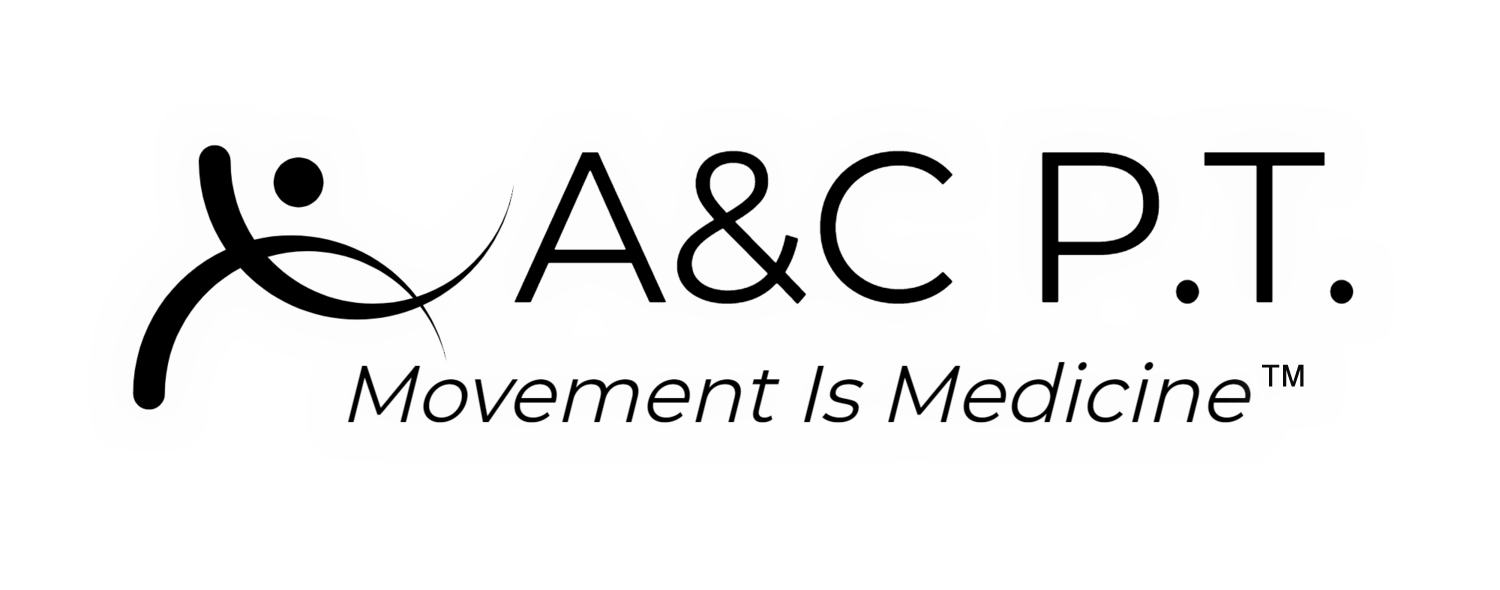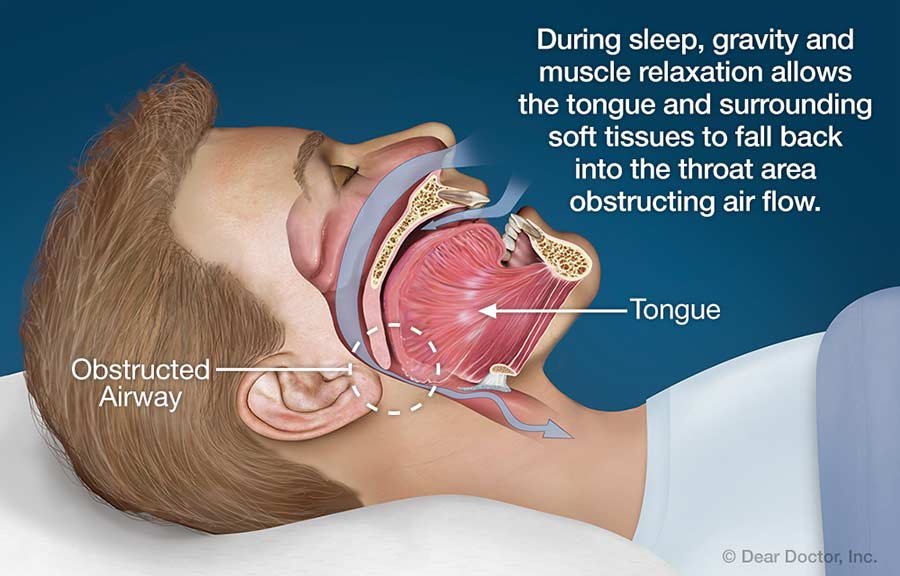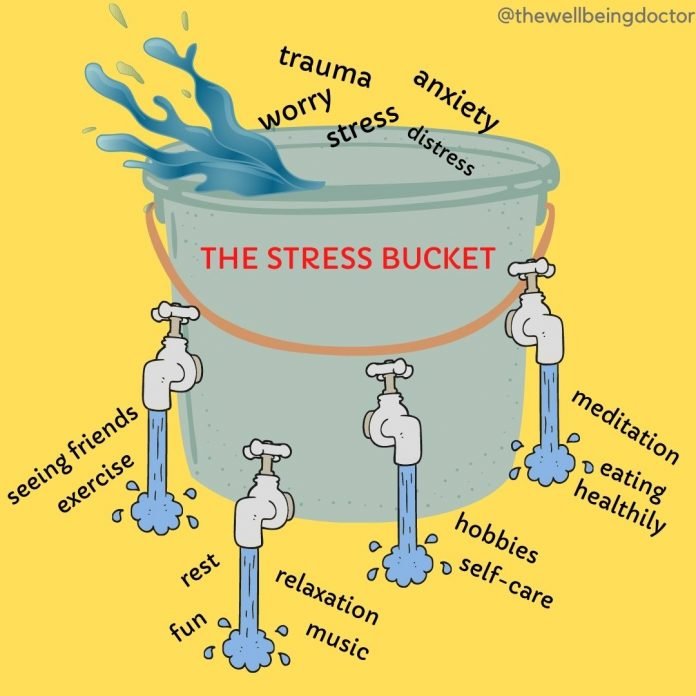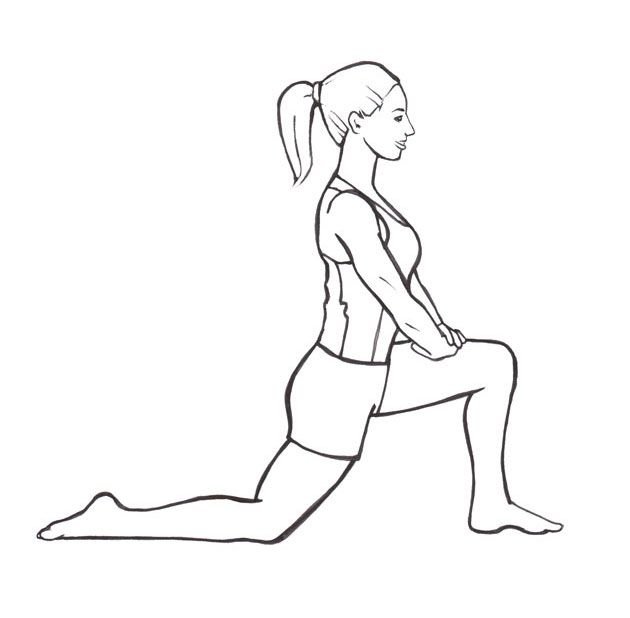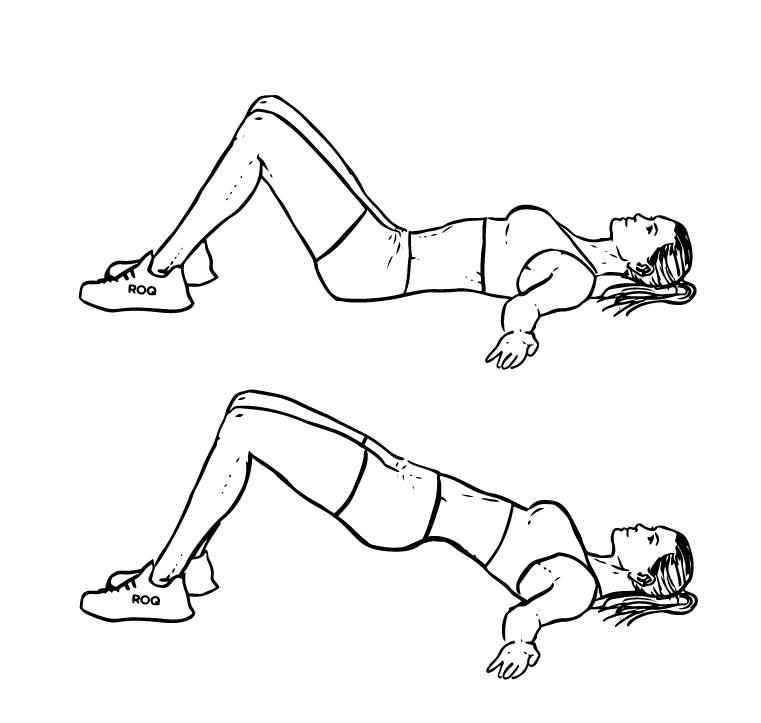When the temperature drops outside, it makes a lot of us feel like hibernating indoors and waiting it out till sunny and longer days return. Exercise will usually take a back seat but if you decide to brave the cold and leave the electric heater behind you will soon find training in cold weather can bring plenty of benefits to not just your body but your mind too.
Boost your immune system
As winter’s grip tightens on all of us, bugs and viruses become common place and do the rounds, only a few escape without being hit hard by the common cold or flu.
Doing exercise will not only help you fight off any symptoms of a cold or flu but reduce the likelihood of you even being affected. Your immune system works harder and is more prepared to fight off foreign invaders and their nasty symptoms.
Great cardiovascular workout
Cold weather forces your body to work harder during training, and this also applies to your cardiovascular system. As the heart works harder to pump blood around the body during cold weather exercise, this invigorating workout helps to keep your heart health in tip-top shape. With cardiovascular disease being a major health threat in this country, anything that strengthens your heart is a smart move.
Improves your mood
The winter blues or professionally known as seasonal affective disorder (SAD) is when you feel down and your mood is off despite all the holiday cheer. This happens due to shorter days and your body/mind not getting enough light and endorphin's.
Exercise can boost your mood at any time of year, but it has a particularly profound effect during winter, sending those all-important feel-good hormones soaring, and keeping the winter blues at bay. In fact, research has shown that a good workout can be up to four times more effective than taking antidepressants, for improving symptoms of depression. As well as being an effective mood booster and pick-me-up, getting outdoors in the fresh air in cold weather can help replenish vitamin D levels in the skin.
Burn more calories
Think of a wintertime workout as a supercharged version of your normal sweat session, why? Because whatever workout you do, the cold weather will max out your caloric burn. This is due to the body working much harder to keep its core temperature regulated. As the body works to stay warm, the metabolism is kicked into overdrive and your body burns through more calories and fat.
Presents new training opportunities
The winter weather gives you the opportunity to try activities you may not have experienced before. Embrace the winter months for the new opportunities that come with them. You could try your hand at something new such as skiing or even cold water swimming, which has been proven to alleviate stress and aid body circulation.
